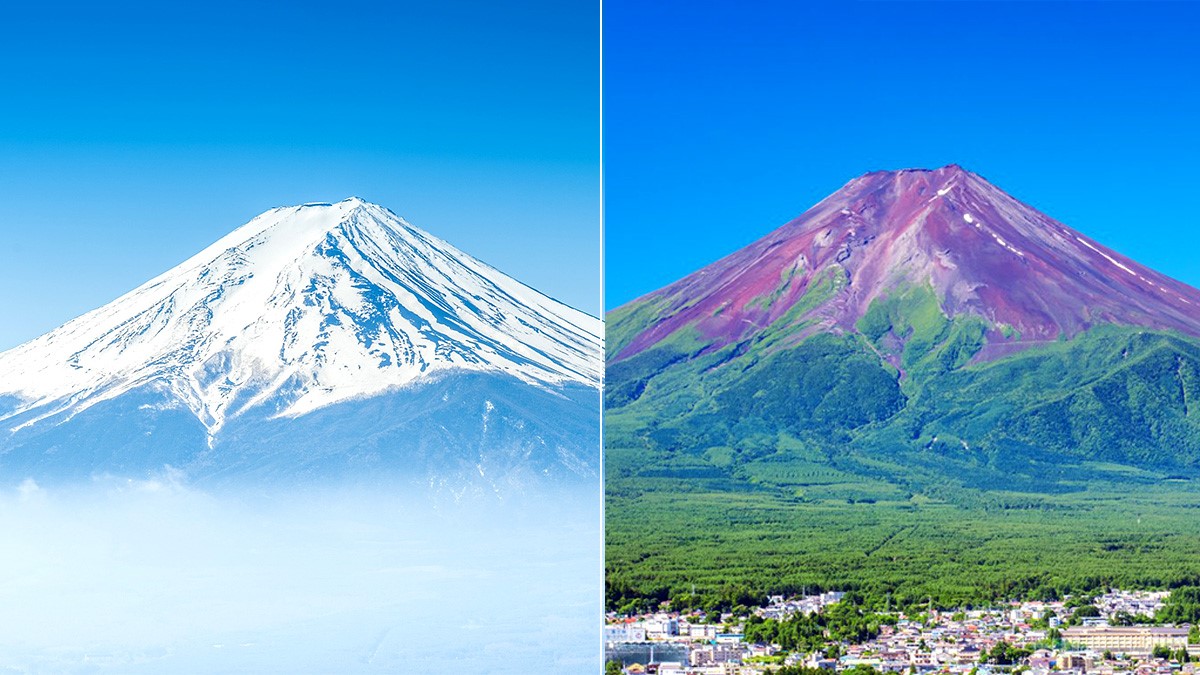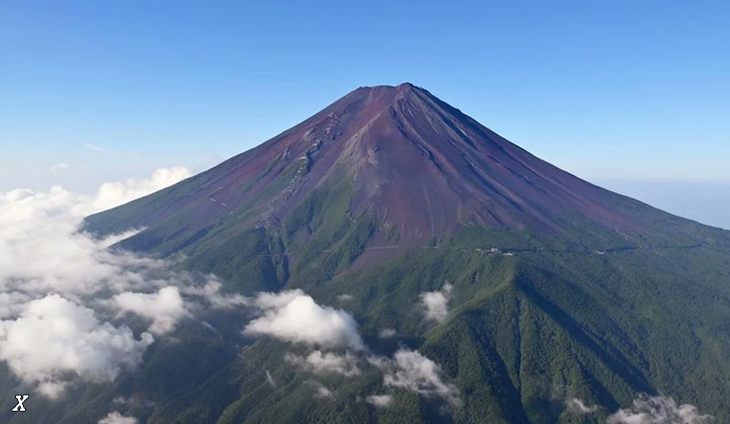This is the longest period in which Japan’s highest peak has remained snowless in over 130 years of record keeping. Mt. Fuji being iceless isn’t the cause of concern; it’s that the ice cap is delayed. Normally, the ice cap begins to form after the first snowfall is recorded, which usually occurs around early October.
Why the delay?

Japanese Metrological Agency noted that October’s hot weather could be the reason. The temperature earlier this year has been higher across Japan, including Mt. Fuji. A JMA official said it is too early to link this year’s late snowcap to global warming, noting Mt. Fuji’s first snow last year was in early October. More data needs to be examined for a longer period to make any conclusion
The average October temperature is minus 2 degrees Celsius (28.4 degrees Fahrenheit) at the summit, but this year, it was 1.6 C, (34.9 F), a record high since 1932. Japan this year also had an unusually hot summer and warm autumn
Tourists visiting Japan for the cool, crisp autumn weather are experiencing higher temperatures than normal. As such, many autumn-winter activities, such as skiing and snowboarding with some winter resorts are postponing their openings for the 2024 season.
The snowless Mt. Fuji has captured attention on social media. People posted photos showing the bare mountain, some expressing surprise and others concerned over climate change.



